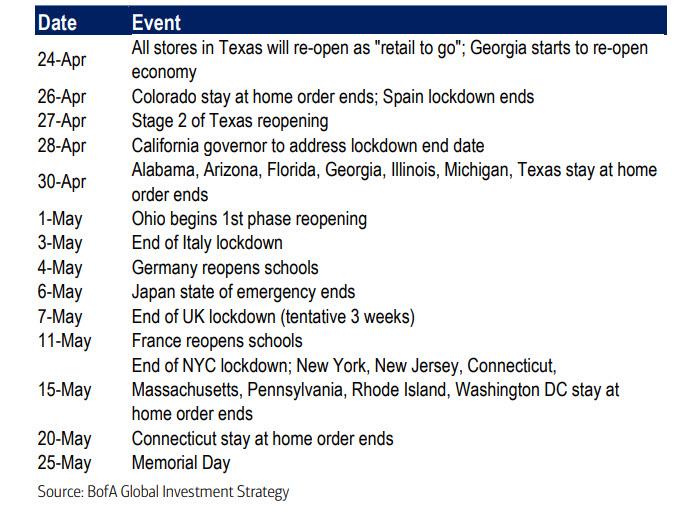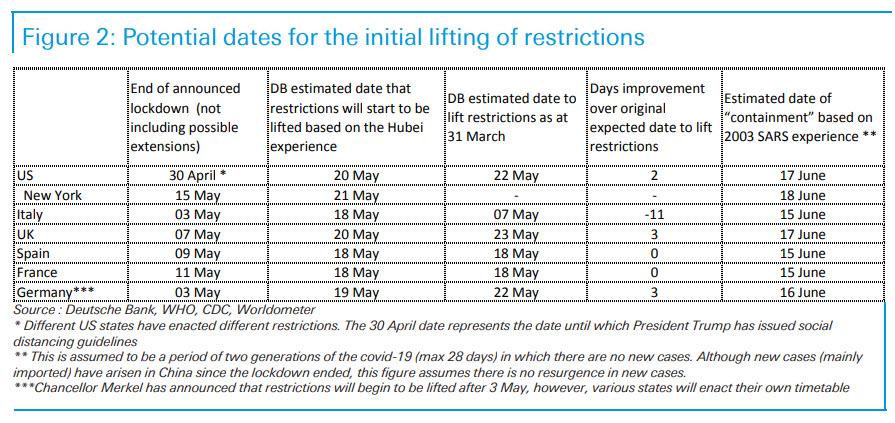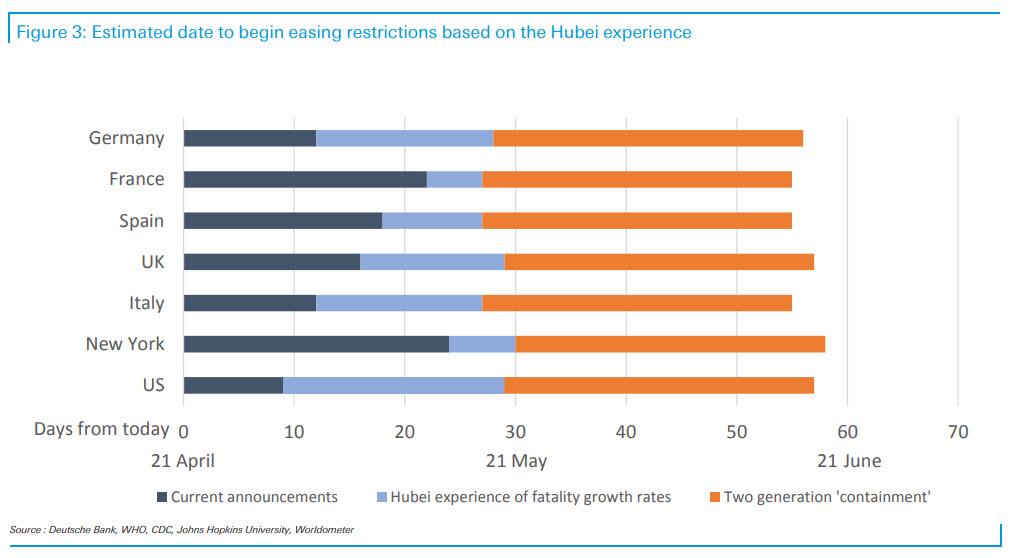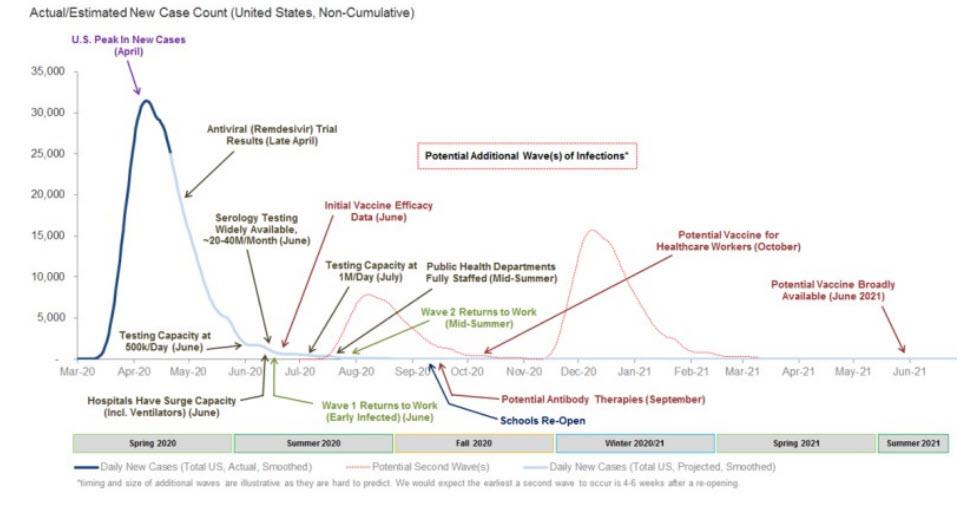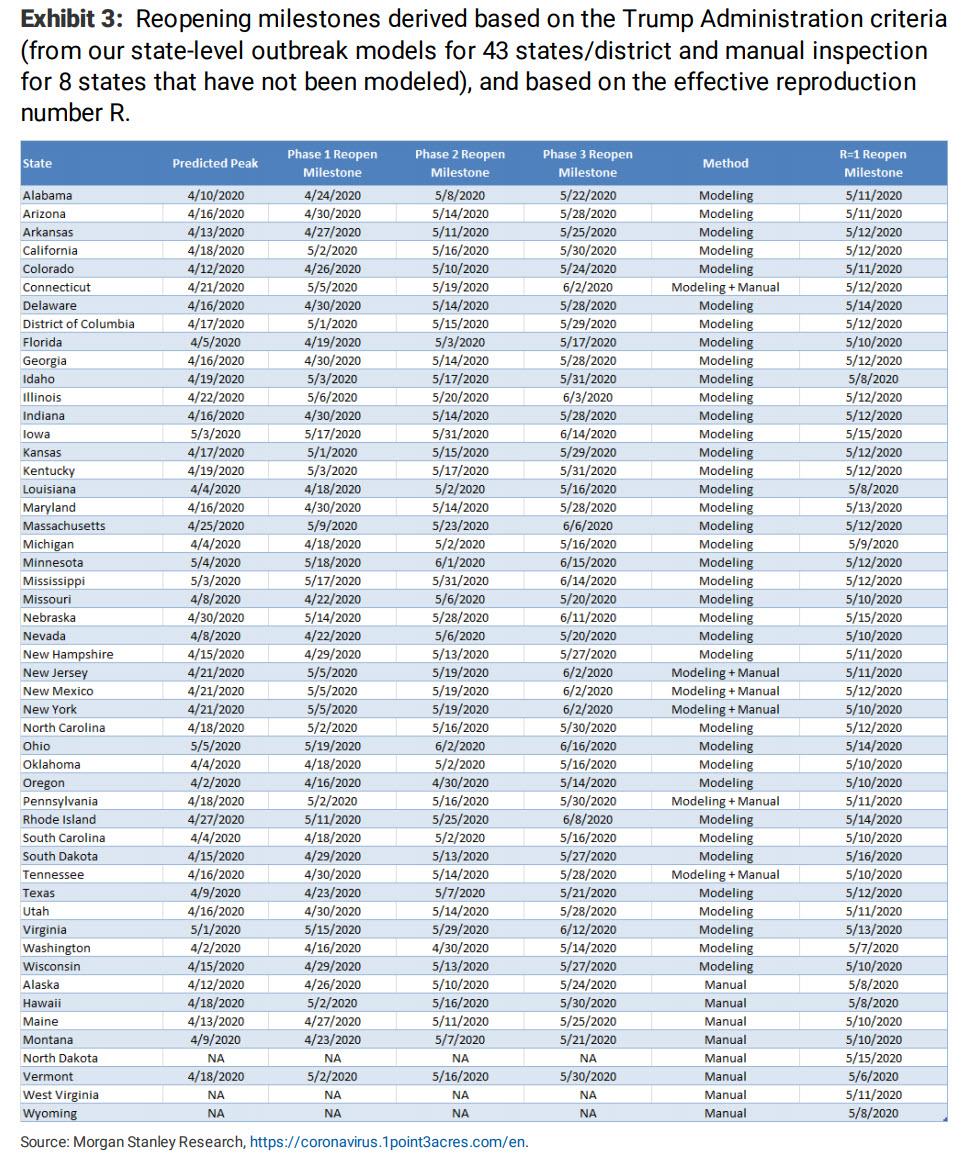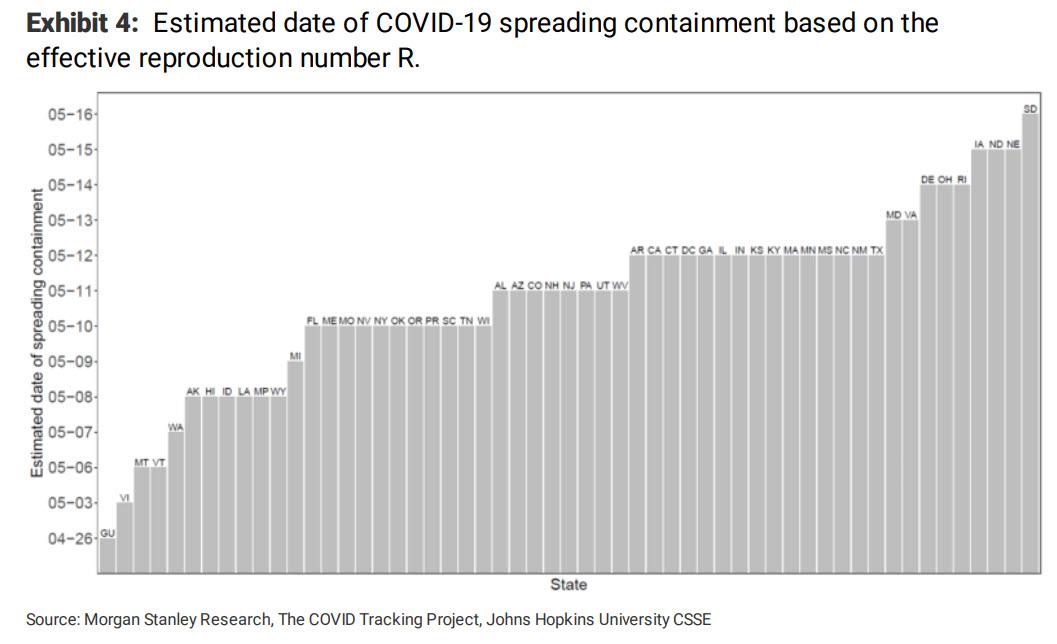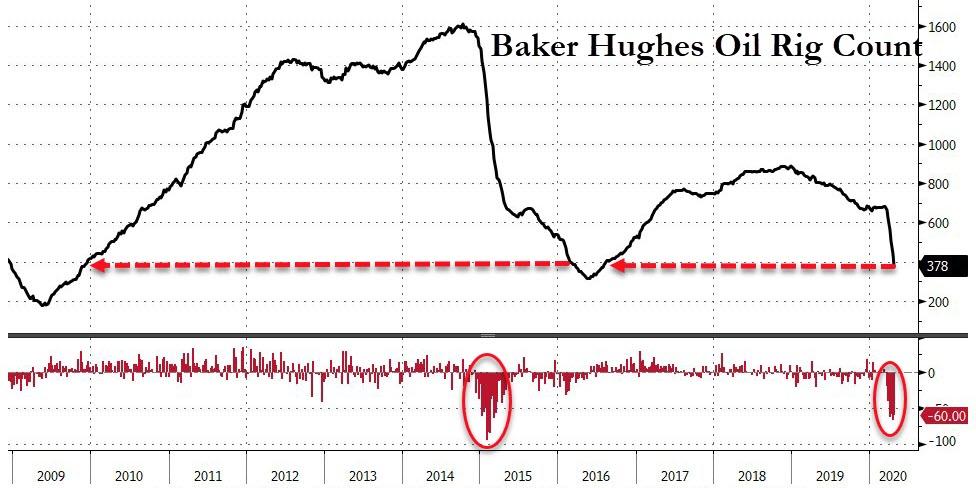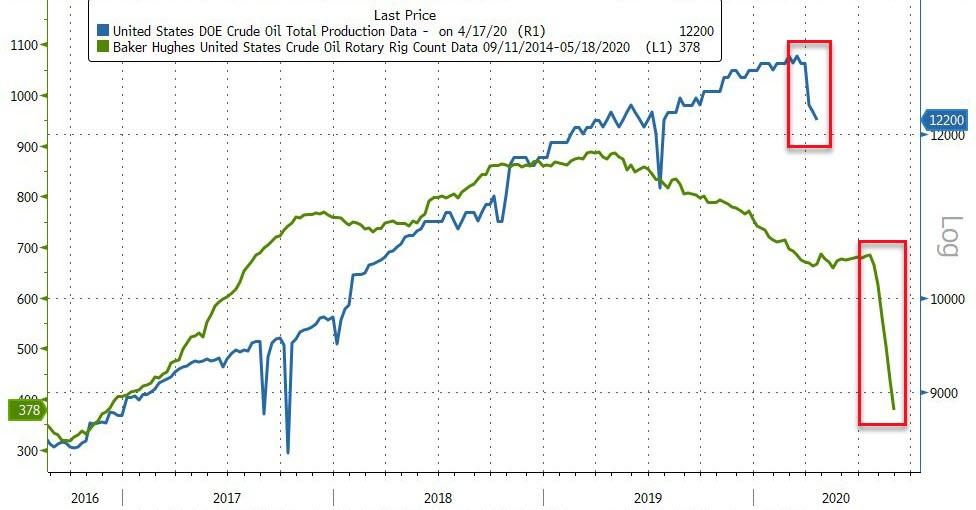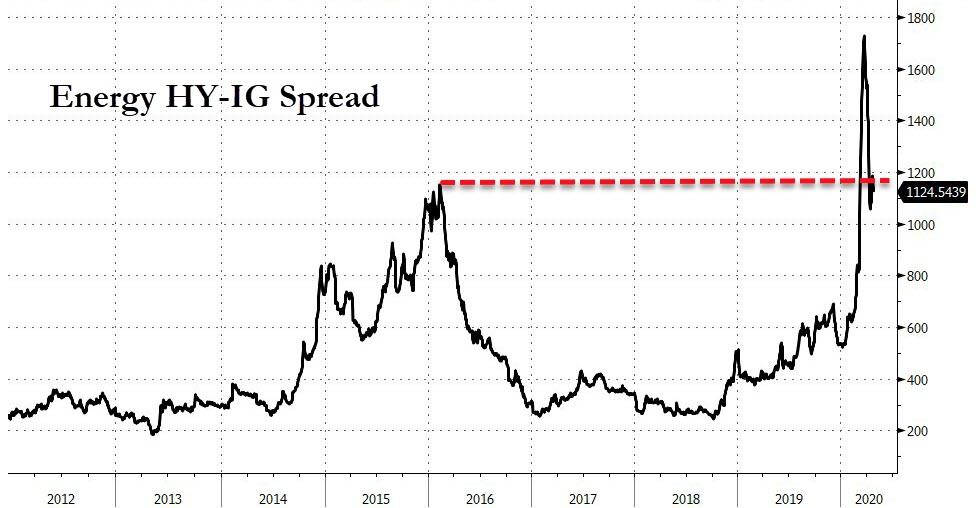It was October 29, 2019, when John’s life took a frightening turn: The Indiana Wesleyan University (IWU) student suffered a seizure that knocked him unconscious for more than 15 minutes.
Additional seizures in the subsequent weeks necessitated several emergency trips to the hospital. He was prescribed medication that made him feel very tired and forced to refrain from physical activity, jeopardizing his likelihood of returning to the baseball team. John missed a significant amount of class time, but by the end of the semester he was still on track to graduate in the spring.
The coronavirus pandemic has prevented IWU from holding a formal graduation ceremony, so the school plans to mail the diplomas next week, but John won’t be getting his. On December 12, the administration expelled him for sexual misconduct, just three weeks after receiving a complaint from a female student, Amy. (I am using pseudonyms for both.)
Now John is suing IWU officials for breach of contract and infliction of emotional distress. His case is similar to the hundreds of other lawsuits filed against universities for violating principles of basic fairness in Title IX sexual misconduct adjudication. But it’s unusual in one notable way: Unlike many other accused men, John is also suing his accuser.
That’s because Amy didn’t just accuse John of sexual misconduct. She also allegedly told one of her professors that he had given her HIV, according to documents obtained by Reason and cited in the lawsuit. What’s more, IWU never told John about this: The information didn’t come to his attention until months later, after his attorneys uncovered it. The discovery necessitated that John—an immunocompromised person—take a trip to a medical facility to be tested for HIV in the midst of the COVID-19 pandemic. His test came back negative.
“We did not have to bring a claim against [Amy], but once we dug into the documents and saw what was there, it was shocking,” Kristina Supler, an attorney for John, tells Reason. “We knew IWU’s process was markedly unfair, but what has already been learned through expedited discovery, it’s far worse than we could have imagined.”
—
John and Amy met during the fall semester. They engaged in amorous activity throughout the month of October, having sexual intercourse on one occasion. They were technically violating school policy: IWU is a private, Christian school that has banned sexual activity outside of marriage. IWU also prohibits students of the opposite sex from congregating in each other’s dorm rooms without official permission. Amy had repeatedly been reprimanded for breaking curfew and was told she could face repercussions for any further violations. On the evening of Saturday, November 16, after John texted her to come over, Amy opted to climb a rope ladder and sneak through John’s second-floor window to visit him.
Amy and John made dinner and watched a movie on his couch with John’s roommate, according to his lawsuit. Then John’s roommate went to bed, and the couple had sex. Amy would later tell IWU officials that she told John “no” and “stop,” but John denies that she ever said anything of the sort. On the contrary, she was enthusiastic and fully consented, according to John’s account.
“Afterwards, Amy continued to hang out in John’s dorm room talking with John and then spent time in his roommate’s bedroom talking, laughing, and texting John in the other room,” the lawsuit reads. “Later that night and the next day, Amy communicated multiple times with John and his roommate by text and snapchat, without any suggestion that something was wrong.”
By Monday, Amy apparently felt differently. A friend of hers told this friend’s mother—an employee at IWU—that Amy said she had been raped. The mother then informed IWU’s Title IX official, who is responsible for handling sexual misconduct matters involving students. The official reached out to Amy, who filed a formal complaint. Dean Andrew Parker immediately imposed a no-contact order between Amy and John, and interviewed the latter on November 21.
John met with the administration again on December 9, in the middle of finals week. By December 12, Parker had already decided to find John responsible for sexual assault and dismiss him from the school for at least a year. John received a letter from the university explaining that Parker had determined it was “more likely than not” that Amy had not consented to sex with John. Parker told John he could reapply to be a student in the spring of 2021. He also barred John’s coaches—with whom John was quite close—from speaking to him.
John immediately sought an appeal, raising a number of issues concerning both the finding against him and the manner in which the decision was made. IWU used a single-investigator model to handle the accusation, and thus John was never provided a hearing at which he could cross-examine Amy or address the evidence against him. In fact, he never received even a written statement detailing Amy’s account, nor was he invited to submit one himself. He accused Parker of mischaracterizing his roommate’s statements: His roommate, in fact, had offered to submit a statement bolstering John’s case, according to the lawsuit.
“Dean Parker ignored [Amy’s] entry into John’s room via rope ladder, ignored her texts to him after the encounter, and ignored evidence suggesting that a bruise she alleges he caused actually came from slipping on the ladder,” wrote John in the lawsuit.
John also took issue with Parker’s contention that John’s medical condition had made him “angry or aggressive,” assertions that John was never afforded an opportunity rebut.
In any case, his request for an appeal was denied.
—
John’s lawsuit raises a number of credibility issues regarding Amy.
For one thing, IWU offers amnesty to people who file sexual misconduct complaints in the event that the investigation of the complaint turns up evidence that the accuser committed a policy violation. Amy was on thin ice with the administration following her repeated curfew violations. Filing a sexual misconduct report might have been one way to protect herself from getting into any further trouble.
Then there was the HIV claim. On December 11, an IWU professor, Anneke Stasson, filed a report indicating that a student—Amy—had previously said she had been raped. Amy was now requesting a grade of “incomplete” for the class, despite the deadline having passed. Stasson asked Amy how she was doing and if her rapist was still on campus. Amy said that he was, and according to Stasson’s report, “She then told me that she had been tested for STDs and she tested positive for HIV. It makes me really worried to think the guy who gave her HIV is still on this campus.”
Parker received Stasson’s report on the same day that he ruled against John. This creates just two possibilities: One is that he didn’t believe Amy’s claim to be HIV positive, but nevertheless still ruled that Amy’s account of what happened to her was more credible than John’s. The other is that he did believe Amy, but nevertheless failed to warn John that he was at risk of having contracted HIV. At no point did any IWU official inform John about the HIV possibility, according to the lawsuit.
It was not until months later, after John had decided to move forward with a lawsuit against IWU, that his attorneys discovered Stasson’s report. The attorneys then asked IWU to verify Amy’s HIV status, but school officials said they were under no obligation to do so, according to the lawsuit. Left with no other choice, John—who was sheltering in place with his family in California—had to break quarantine on April 6 and travel to a medical facility to take an HIV test, despite the general need for immunocompromised individuals to avoid exposure to potential COVID-19 vectors.
Amy explained to Inside Higher Ed that Stasson had misunderstood her: She never told the professor she had tested positive for HIV, Amy claimed. She also said she did not find out about Stasson’s report until March, and would have set the record straight if she had known. She even faulted the university for not telling John about the report.
“I have no respect for him whatsoever but the decency would be to inform him regardless,” she said, according to Inside Higher Ed.
Indiana Wesleyan University did not immediately respond to a request for comment, but a spokesperson told Inside Higher Ed: “Indiana Wesleyan University is committed to creating the safest campus community possible for our students. We closely follow federal regulations for the investigation of sexual assault and have personnel who have been thoroughly trained in process and procedure.”
In any case, the HIV claim motivated John to add Amy and Parker as defendants in the lawsuit.
“We want this student to be able to resume classes and get his degree,” Susan Stone, an attorney for John, told Reason. “And we want the university to make reputational repair.”
from Latest – Reason.com https://ift.tt/2S4kzNv
via IFTTT

